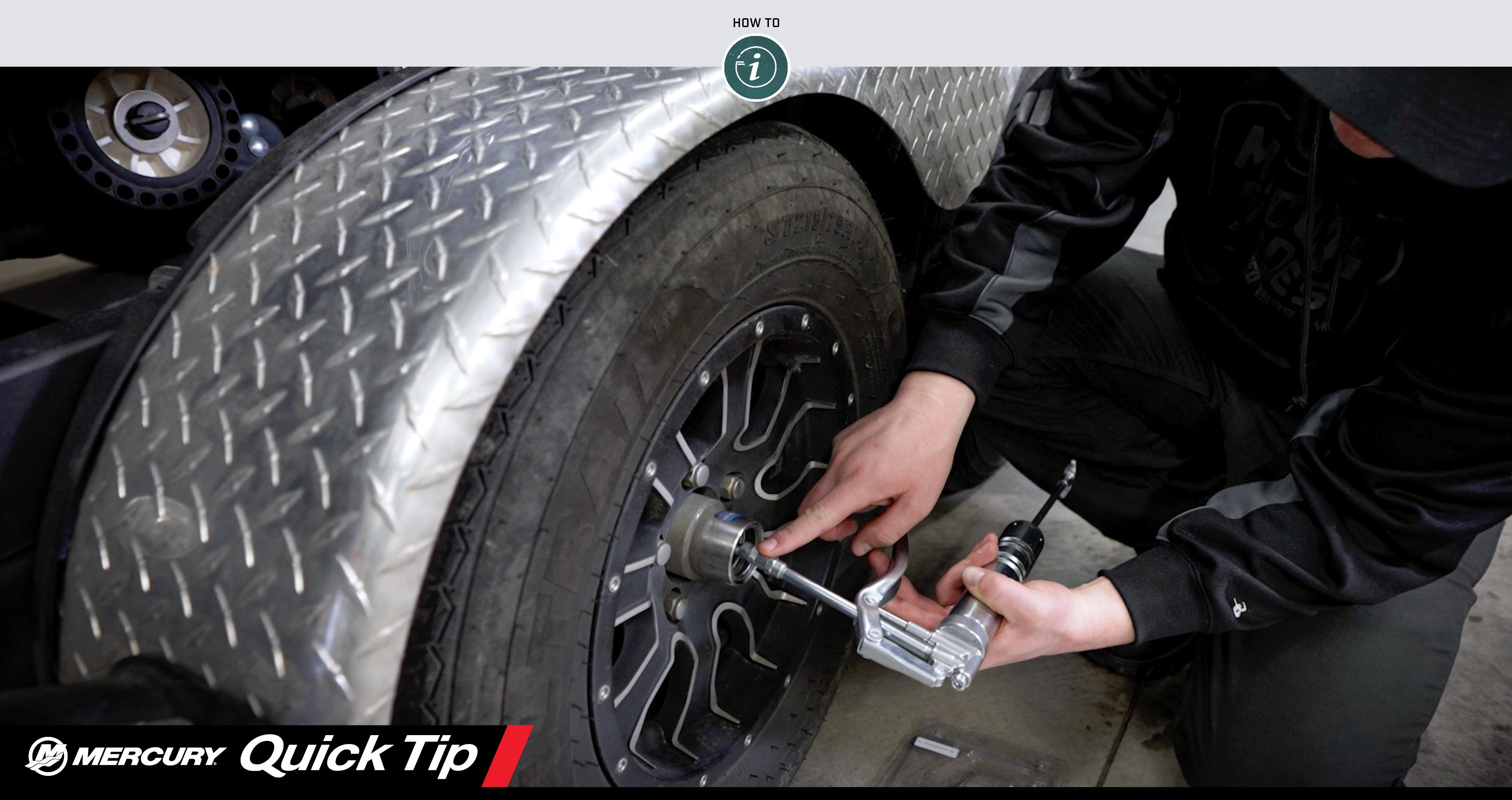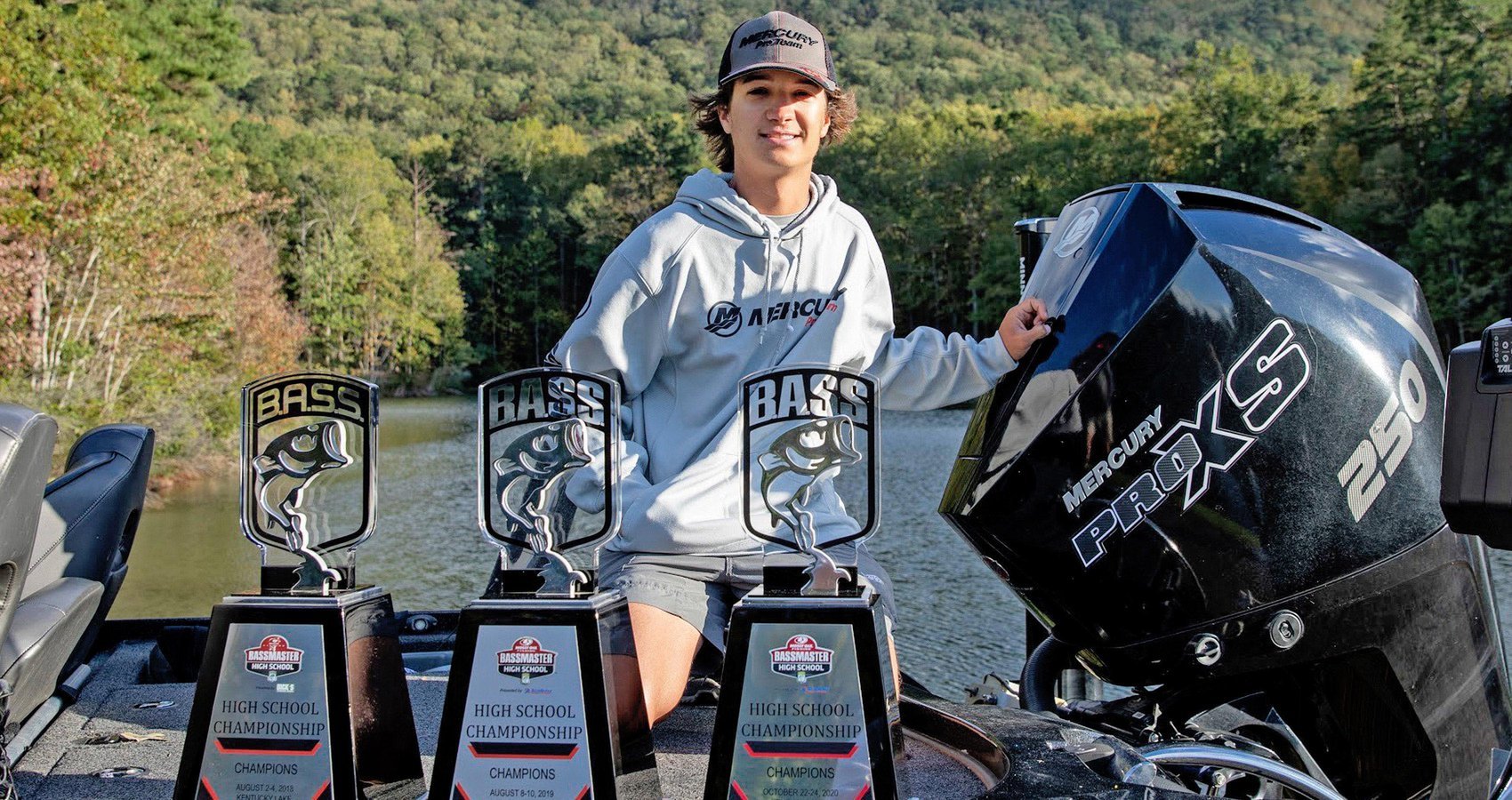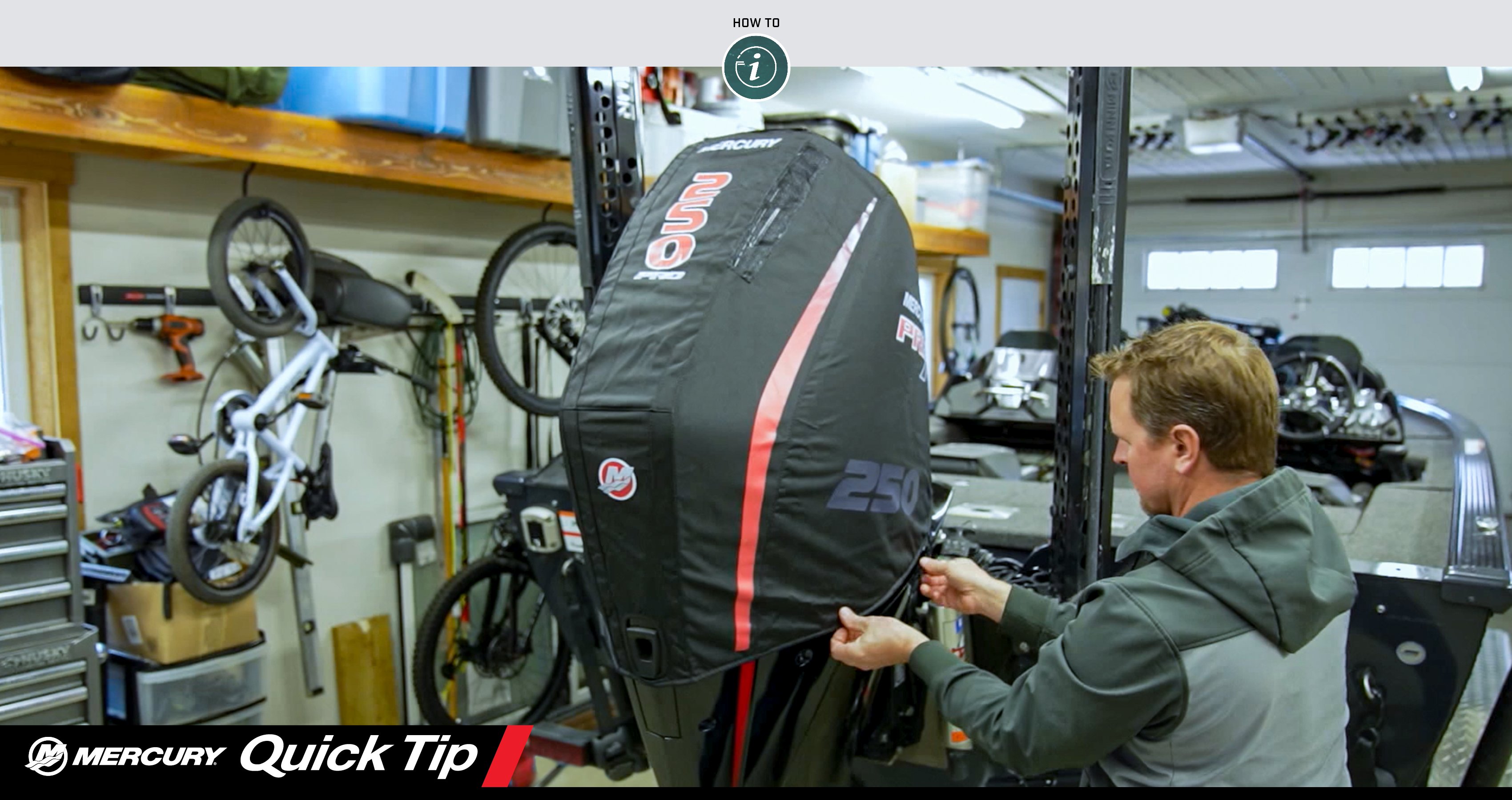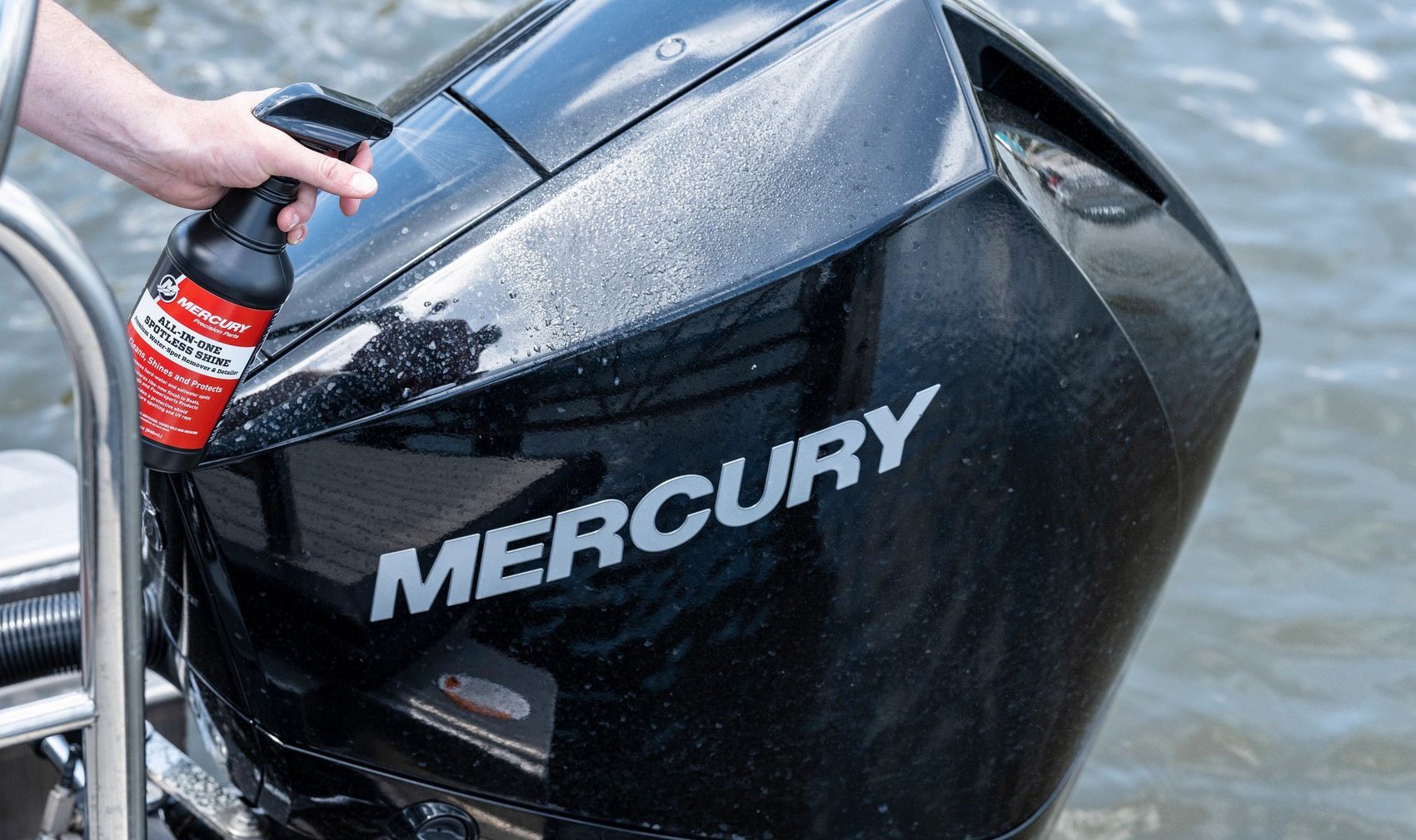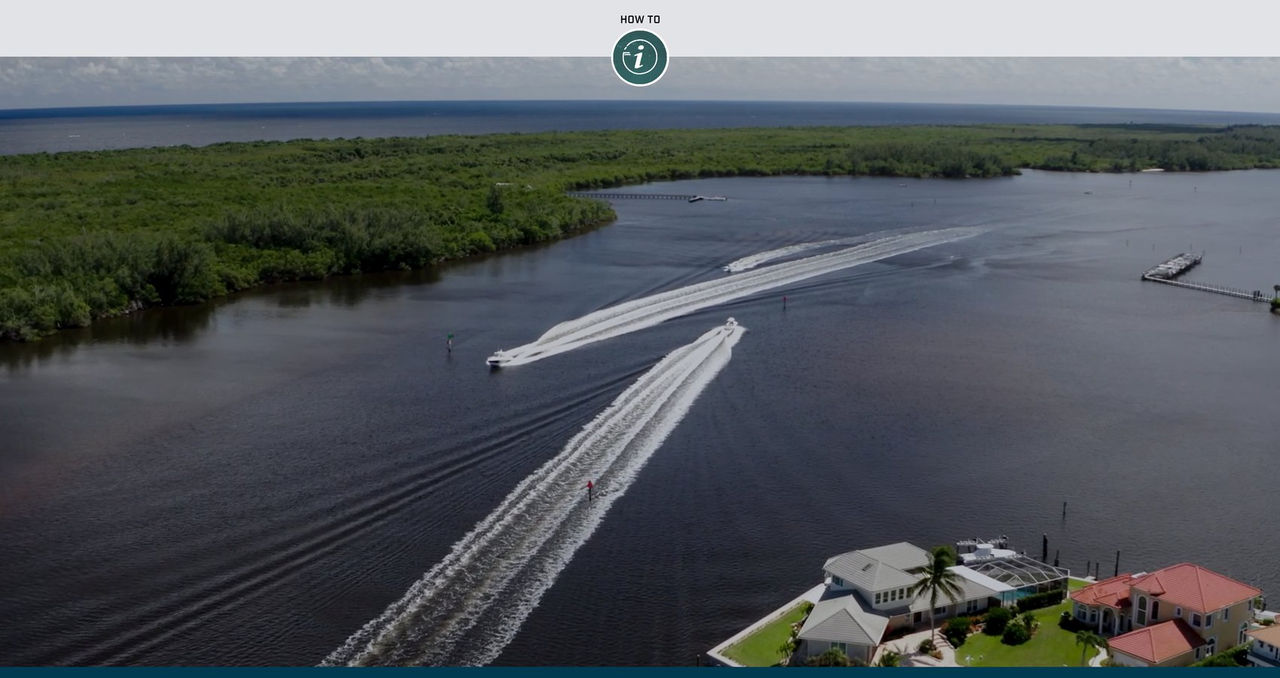Rivers, inlets and human-engineered passages like the Intracoastal Waterway (ICW) serve as America’s water highway, carrying pleasure boats and commercial vessels to their destinations throughout the country. Like a highway for automobiles, these waterways are marked with traffic signs and symbols that are called “Aids to Navigation.” These markers help to regulate the flow of vessels and keep boaters safe from running aground in shallow water and other hazards.
For a primer on how to safely navigate the waterways, we turned to Capt. George Gozdz. A veteran Mercury Pro Team member, Gozdz frequently takes his 28-foot center-console, powered by twin Mercury 300hp Verado® outboards, out on the ICW around his home base of Stuart, Florida.
“We have a challenging waterway here in Stuart, with a lot of water. You see boats go aground every weekend,”Gozdz said.
The captain recently worked with Mercury Marine to record the video, “Basic Boat Navigation with George Gozdz.” Filmed on board his boat, it covers Aids to Navigation, Rules of the Road and other important information boaters need to know to navigate safely on the water.
Aids to Navigation
According to Gozdz, the first step is to remember the simple phrase, “red right return.” When returning from offshore, such as coming in an inlet and heading for port, always keep the red navigational markers to your right. “Right red return” is also a useful catchphrase to keep in mind when running along the ICW on a clockwise or southerly course from Maine to Texas (which is considered the “returning” direction).
Other things to keep in mind include the following:
- When you see a sign on a waterway that says “Idle Speed,” that means you should pull back your throttles to the slowest speed you can go and still have control. Keep the boat just in gear, throwing a minimal wake.
- If a sign says “Slow Speed,” that means you can go a little faster than idle speed, but the boat needs to be completely settled in the water with its bow down. You frequently see these signs in congested areas on the water such as near a bridge.
- In certain places, such as in the Stuart, Florida, area where Capt. Gozdz goes fishing, you also will find Manatee Zones where boaters must follow posted speed limits to keep these slow-moving mammals safe. It’s important to keep your speed down and your wake minimal in these zones.
- At the end of a manatee or slow-speed zone, you will see a sign saying “Resume Normal Safe Operation.” “There’s no limit there, but in most of the accidents that occur, speed is involved – people going way too fast,” Gozdz said. Maintain a reasonable speed that gives you control over your boat at all times. In particular, slow down before you hit a wake. And when docking, slower is always better!
Rules of the Road
The “Rules of the Road” govern how you should navigate around other boaters on the water.
They include:
- When another vessel is approaching you head-on, pass it to the right, just as you would in a car.
- If a vessel is approaching you from the port (left) side, you are the “stand-on” vessel and have the right of way. You can keep your course heading, and the other boat must avoid you.
- If a vessel approaches you from the starboard (right) side, it has right of way, and you must keep out of the way.
- Regardless of who has right of way, however, if a collision is imminent, it’s essential to make evasive maneuvers to avoid it. “There is no excuse in the Coast Guard’s eyes that there would ever be a collision,” Gozdz added.
Boating at Night
Be sure to have your boat’s navigational lights switched on whenever you are boating at night, so other boaters can see you and be able to tell whether you are traveling toward them or away from them.
“If I see a red light at night, red means I am seeing the port side of a vessel. Red means, ‘Stop, he has right of way,’” Gozdz said. “If I am seeing a green navigational light at night, green means, ‘Go.’ I am seeing the starboard side of his vessel. If I am seeing an all-around white light, I am approaching from behind.”
Summing up, Gozdz said, “Follow some basic navigational rules. Familiarize yourself with local waterways, and that will keep you safe on the water.”
From more from Capt. George Gozdz, follow him on Facebook, Instagram and Twitter.
